How Do Water Dispensers Cool Water?
Are you thinking about How Do Water Dispensers Cool Water? and how does it works.
With many homes and businesses around the world now opting to buy their own water coolers for cool, filtered drinking water on tap, it pays to do your research. In this guide we will explore the different types of water coolers available and how they can provide you with clean, cold refreshment all year round.
So if you’re wondering How Do Water Dispensers Cool Water? And is one right for your space in 2024 – read on!
How Do Water Dispensers Cool Water? Guide For 2023 (6 Steps )
To Get complete informations about How Do Water Dispensers Cool Water? Must read the folowing.

Step 1:Chilling Chamber:
Once the water is loaded into the dispenser, it first enters a chilling chamber. This chamber is insulated to maintain a cold temperature, creating an environment for the water to cool down also check the filtration.
Step 2:Refrigeration Unit:
Inside the chilling chamber is a refrigeration unit that operates similarly to the refrigerator in your kitchen. It uses a refrigerant, a substance that absorbs heat, to draw any warmth from the water.
Step 3:Heat Exchange:
As the refrigerant absorbs heat by compressing the air, it turns from a liquid to a gas. It then travels to the compressor, which pressurises the gas and causes it to release the heat it has absorbed. This process is known as heat exchange( instant hot air).
Step 4:Condenser Coil:
The refrigerant, now a high-pressure gas, moves through the condenser coil. Here, it cools and transforms back into a liquid state. As the refrigerant condenses, it gives off the heat it absorbed earlier, further bringing down the temperature of the delivered water.
Step 5:Expansion Valve:
The cooled refrigerant then passes through an expansion valve, reducing its pressure and temperature even more. This chilly refrigerant cycles back to the chilling chamber, ready to absorb more heat from the incoming use water.
step 6:Dispensing:
Finally, when you press the dispenser’s lever, the cooled water travels from the chilling chamber, through a pipe and out the spout, providing you with refreshingly cold water. The process repeats continuously, ensuring a constant supply of cold water.
Topics
The important topics related, clean and How Do Water Dispensers Cool Water?
1. Overview of the Different Types of Water Dispensers
There are primarily three types of best water dispensers: bottled, point-of-use, and countertop models. Bottled water coolers are versatile and portable, requiring only a bottle of water to operate, making them a popular choice for homes and small offices. Point-of-use water dispensers are directly connected to a building’s water supply, filtering, and cooling the water on demand. They are ideal for large offices or commercial spaces due to their ability to provide a constant supply of cold water. Lastly, countertop models are compact units perfect for spaces with limited area. They operate like the bottled variety but are designed to sit on a counter, making them an excellent option for dorm rooms or small apartments as a result get good information about How Do Water Dispensers Cool Water?
2. Common mistakes to avoid when choosing a watercooler
When choosing a water cooler, it’s crucial to avoid several common mistakes. Many consumers fail to consider their space constraints, leading to a unit that is too large or too small for their needs. Others make the mistake of overlooking an energy efficient dispenser, which can lead to higher utility costs over time. Additionally, some people underestimate the importance of maintenance and cleaning, which can affect the longevity and functionality of the unit. Lastly, failing to assess the quality of customer service from the provider can lead to frustrating experiences should issues arise after purchase.
3. Pros and Cons of Bottled Water Dispensers
Bottled water dispensers offer their unique benefits and drawbacks. They are easy to install and portable, making them a versatile choice for various settings. However, these dispensers rely on a constant supply of water bottles, which can lead to ongoing costs and environmental concerns due to plastic waste. Furthermore, lifting and replacing heavy water plastic bottles might pose a challenge for some users.
4. Factors To Consider Before Buying a Water Dispenser
When choosing a water dispenser, several factors come into play. Firstly, the location and available space will determine whether a bottled, point-of-use, or countertop model is most suitable. Secondly, the expected volume of usage and availability of water supply are critical considerations. Lastly, the budget, environmental impact, and maintenance requirements should also be weighed to ensure you select the right dispenser that meets your needs.
5. Benefits of Having a Water Dispenser in Your Home or Office
Having a water dispenser in your home or office comes with numerous benefits. It provides easy access to clean, chilled water, promoting regular hydration which is crucial for overall health. In an office setting, it can improve productivity by reducing the time employees spend getting a drink. In homes, it offers convenience, particularly in households where tap water may not be drinkable.
6. Tips on Maintaining Your Water Dispenser to Maximise Its Lifespan
To maintain your water dispenser and maximise its service life span, regular cleaning and preventive care are essential. Ensuring the cleanliness of the dispenser helps prevent the build-up of bacteria and mould, safeguarding the quality of the water. Regular inspection can help detect potential issues early, and consulting with a professional for any necessary repairs can prevent further damage. Ultimately, a well-maintained water dispenser will not only last longer but will continue to provide safe and fresh water for your daily needs.
Conclusion
The process of cold water dispensation is a fascinating interplay of physical principles. The convenience that How Do Water Dispensers Cool Water? provide in our homes and offices is a testament to the ingenuity of this appliance’s design. Whether it’s a bottled, point-of-use or countertop model, there’s a water dispenser to suit every need and space. Moreover, choosing the right model and maintaining it well can result in a lasting, efficient, and eco-friendly hydration solution. From promoting health and productivity to ensuring environmental sustainability, water dispensers are an integral part of our lives.
FAQs
People also ask questions related, How Do Water Dispensers Cool Water?
The water in a dispenser gets cold through a refrigeration process. It involves absorbing heat from the water by a refrigerant, which then passes through a cooling condenser and an expansion valve.
Machines cool water through a refrigeration process. This involves a heat exchange system where the heat from the water is absorbed by a refrigerant, effectively reducing the water’s temperature.
Water coolers work quickly due to continuous refrigeration processes. They constantly cool a certain amount of water, ensuring an immediate supply when the dispenser lever is pressed.
Yes, some water dispensers use freon as a refrigerant in the cooling process. However, newer models often use more environmentally friendly alternatives.
The time a water dispenser takes to cool water can vary, typically ranging from 1 to 3 hours depending on the model and the initial water temperature.


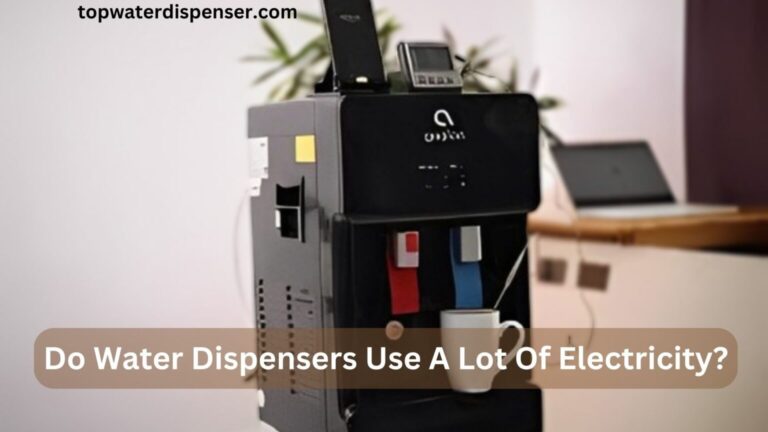
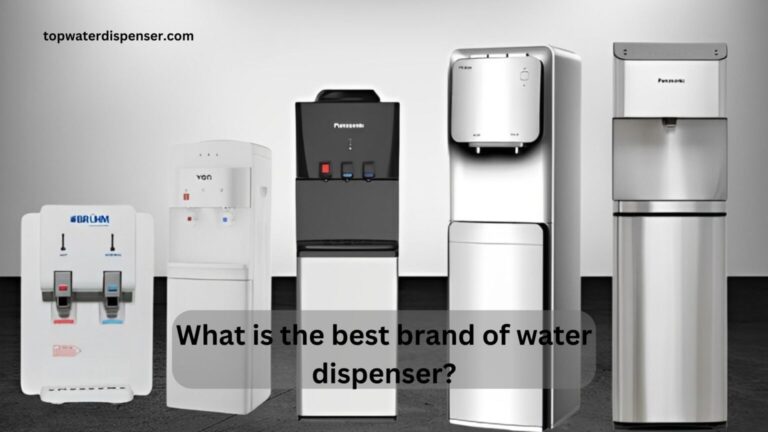
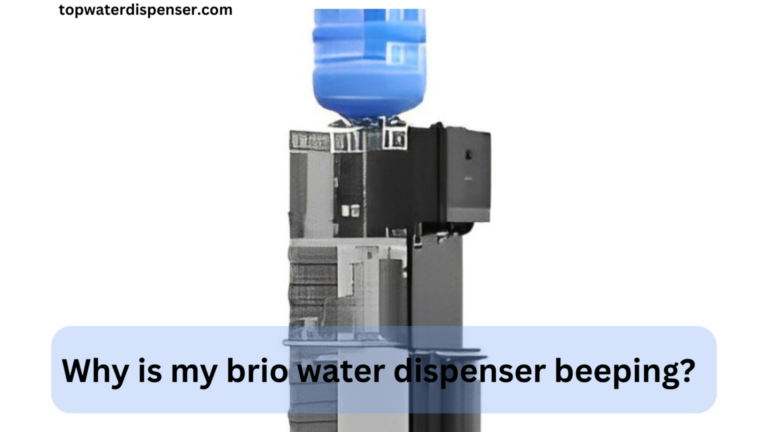
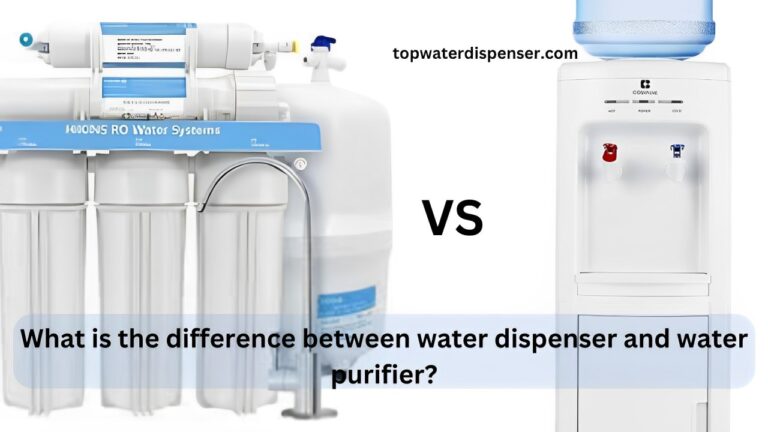
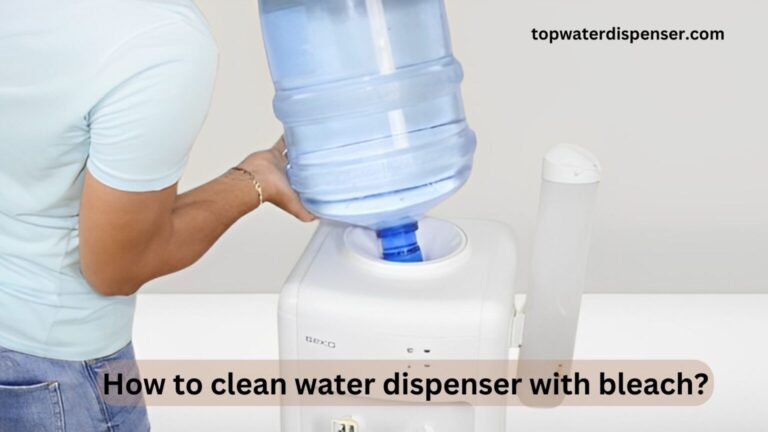
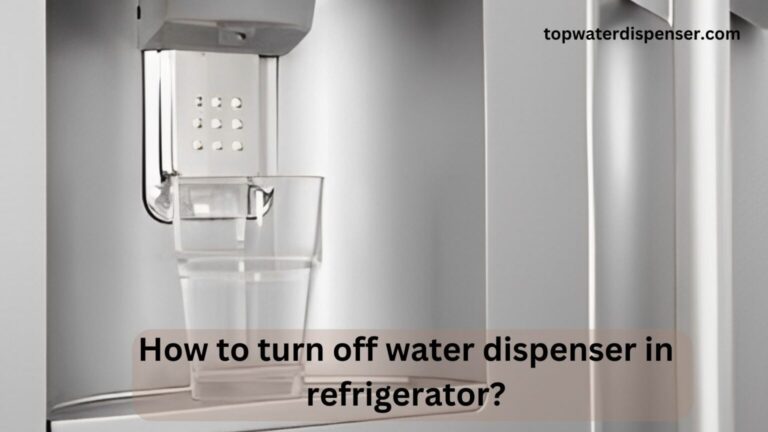
One Comment